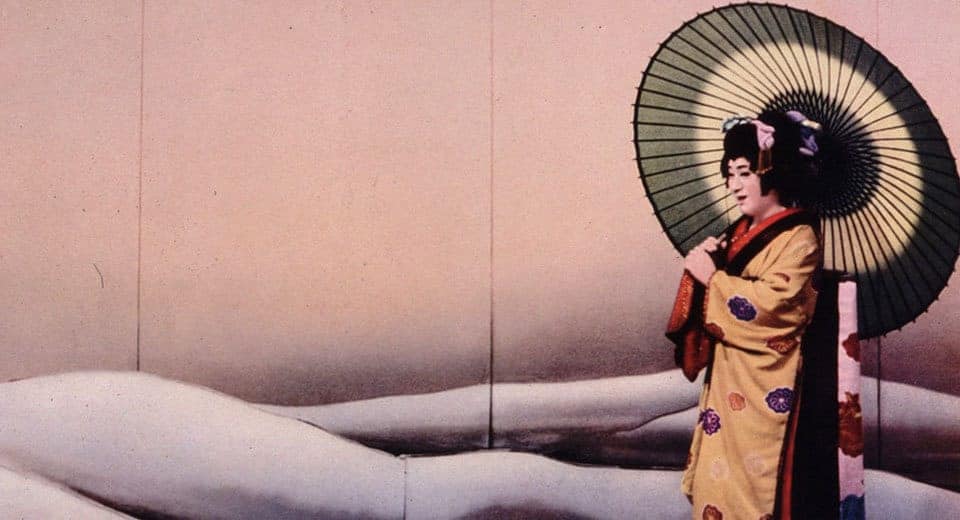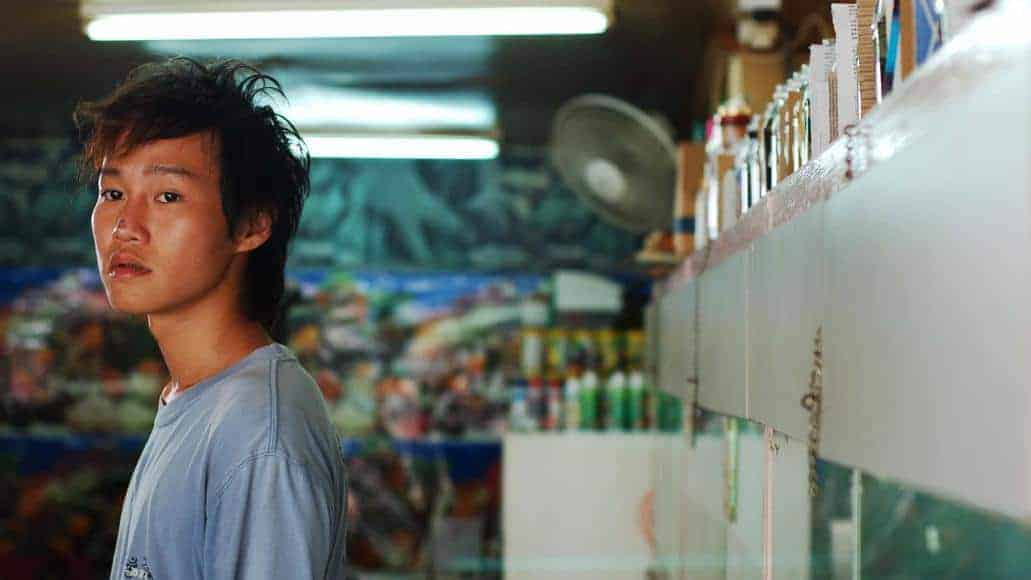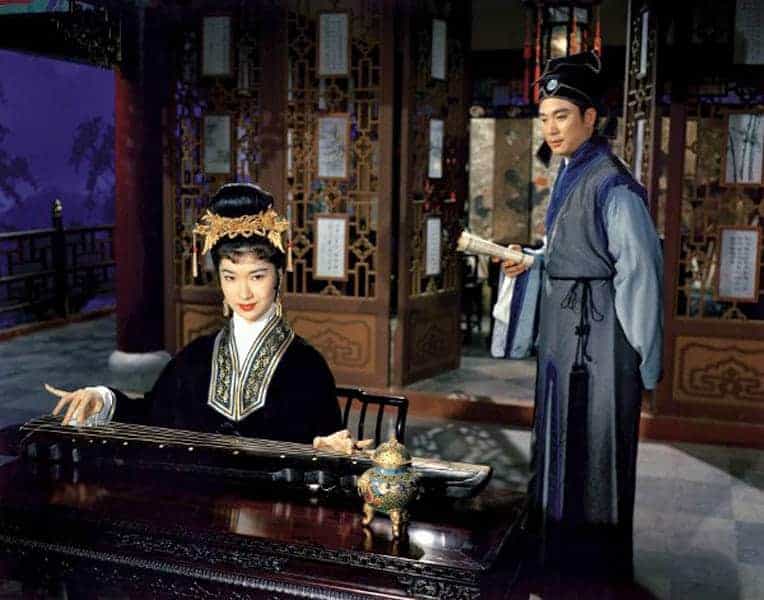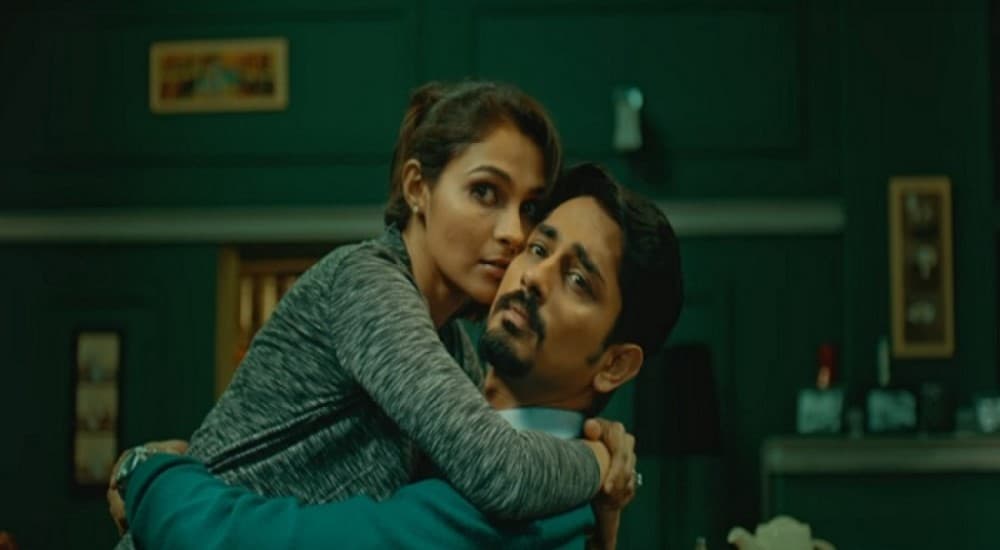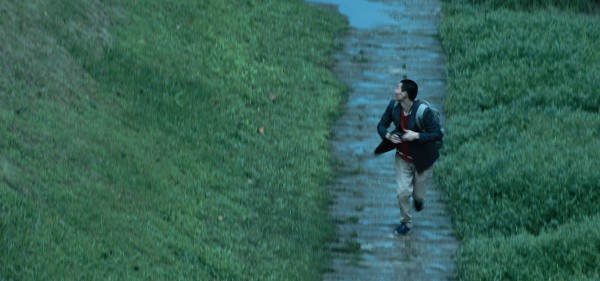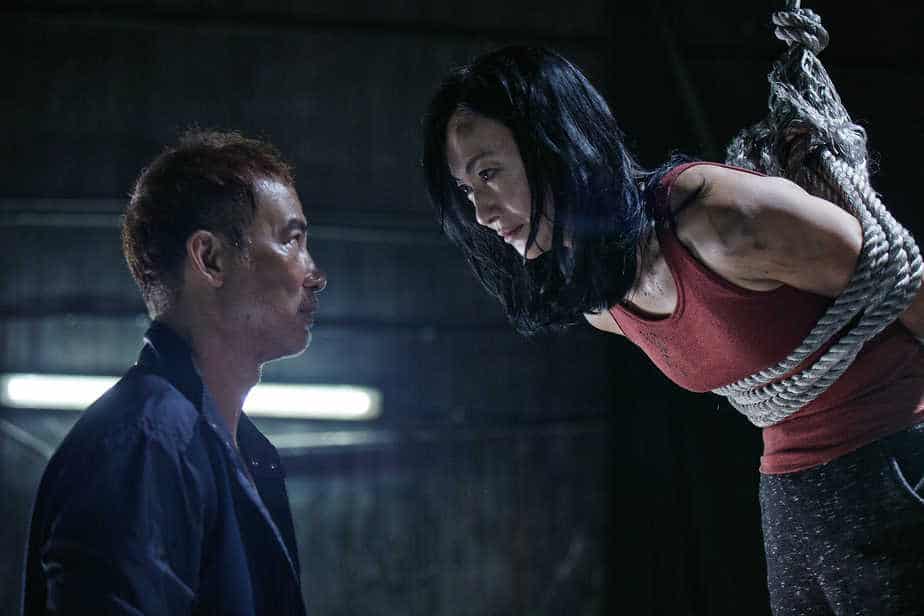Conceived by Daiei as a tribute to the 300th screen appearance of veteran actor Kazuo Hasegawa, “An Actor's Revenge” is a remake of the homonymous, 1935 film, which also starred Hasegawa. The screenplay, written by Ichikawa's wife, Natto Wada, was based on the adaptation by Daisuke Ito and Teinosuke Kinugasa of a newspaper serial originally written by Otokichi Mikami, which was used for the 1935 version.
Buy This Title
Yukitaro is a famous onnagata, a male actor who plays female roles in the kabuki theatre, whose Osaka-based troupe, headed by Kikunojo Nakamura, is making its first appearances in Kyoto. Yukitaro however, has his eyes set on revenge upon three men: Sansai Dobe, Kawaguchiya, and Hiromiya, who plotted and eventually led his father to death and his mother to suicide when he was just seven years old. In order to achieve his goal, Yukitaro, whose stage name is Yukinojo, uses his handsomeness, which draws Dobe's daughter, Lady Namiji to him, his knowledge of martial arts, his effeminate ways that (as was the norm for the onnagata) extend outside of the stage, and most of all, his cunningness. His “mission” is quite difficult, since he wishes to make the three perpetrators suffer before he kills them, and the situation becomes even more dire when a rival from his martial arts school and a number of thieves of Kyoto meddle in his plans. Among them however, he also finds an unlikely ally, the thief Yamitaro.
Kon Ichikawa directs film that functions and appears much as a Kabuki play, with the Daieiscope 2.35:1 ratio, a widescreen format mimicking the dimensions of the kabuki stage, the narration by famous benshi Tokogawa Musei, the visual effects that use techniques mostly presented in silent movies, the obviously artificial sets for the outdoor scenes and a number of other visual methods. In that fashion, both cinematographer Setsuo Kobayashi and art director Yoshinobu Nishioka have made a tremendous job in presenting the story as an extension of a stage play. The composition of the scenes, and particularly the coloring , is another of the film's assets, with the shifts between saturated blue and yellow, and the bursts of bright color against a pale background presenting aesthetics that seem to linger somewhere between the films of Seijun Suzuki and the techniques used in the 50's. This sense of the simultaneous presence of modernity and the tribute to the past and tradition extends to Tamekichi's Mochizuki and Masao Yagi's music, the features track that range from traditional Japanese music to jazz.

Regarding the story, Ichikawa weaves an intricate web of revenge, where the shift of power is directed completely by Yukitaro, despite the obstacles he finds in his path. However, when he finds himself in a number of extremely difficult positions, Yamitaro acts repeatedly as a Deus ex machina, with the fact that Hasegawa also plays him functioning as an ironic statement that “one can only trust himself”. At the same time, Ichikawa presents a number of social comments, revolving around the corruption of the rich and the men in power, love, theatre, and the antagonism between Edo and Kyoto. However, the central theme remains revenge, which is presented as a notion that has a huge impact on both the ones who exact it and the ones who receive it, with the finale highlighting the fact in the most impressive way. This aspect is the foremost source of melodrama in the movie, which Ichikawa, though, lightens quite frequently with splashes of humor and irony, mostly deriving from the world of thieves.

Kazuo Hasegawa gives an impressive performance, in two radically different parts, as the effeminate, cunning but tormented Yukitaro and the mischievous, but Robin Hood styled Yamitaro. Ichikawa had an obvious purpose of highlighting his abilities, and Hasegawa exploited the almost constant time he got on screen in the best way, with the scenes where he reveals his true feelings and thoughts being the highlights of his efforts. The movie features a number of great performances from different actors, as the ones from Saburo Date as Kawagichiya and Ganjiro Nakamura as Sansai Dobe. Ayako Wakao as Lady Namjii highlights her hopeless feelings and her resolve to turn them into a real relationship quite convincingly, while her undisputed beauty and her extreme actions highlight Yukitaro's appeal to women. Overall, the acting is characterized by distinct theatricality, which again, stresses the fact that the film functions as an extension of Kabuki.
“An Actor's Revenge” is one of the great films of Japanese cinema, in a style the combines, eloquently, many different and even contradictory elements in a movie that is quite pleasant to the eye and very entertaining at the same time.


